Health & safety
The New SidePak Personal Aerosol Monitor to Overcome Personal Exposure Monitoring Limitations
Jul 12 2016
The SidePak™ AM520 / AM520i Personal Aerosol Monitor is a small, portable, battery-operated, data-logging, light-scattering laser photometer that provides real-time aerosol mass concentration readings of dusts, fumes, mists, smoke and fog within a worker's breathing zone. Newly designed inlet conditioners increase the mass concentration capability and provide size fraction cut points for PM10, Respirable (PM4), PM5 (China Respirable), PM2.5, PM1 and 0.8μm Diesel Particulate Matter (DPM). This monitor is the perfect solution for real-time, personal aerosol sampling in a variety of workplace environments, including but not limited to general industry, foundries, construction sites, chemical plants, refineries, petrochemical, power and utilities, transportation, aerospace, maritime, confined spaces and mining.
Its’ new features include user-settable audible and visual alarms as well as newly designed impactors, for more size fraction options, make this instrument a valuable tool for workplace exposure monitoring. The new impactors provide reliable size fraction at a much higher mass concentration, allowing a longer run time with improved accuracy. The new SidePak also comes with higher capacity battery, colour OLED display and a push button menu operation or programmable through newly improved TrakPro v5 Software.
Proof point from customers: We just added the new TSI SidePak™ AM520/AM520i Personal Aerosol Monitor to our industrial hygiene monitoring 'tool box'. I liked the intrinsic safety rating that opened up the ability to sample in a few locations I have concerns about. The newly designed impactors that enable reliable cut point sampling at higher aerosol concentrations is what made this new instrument a must have for me. Our old photometers tended to plug up and fail when aerosol concentrations increased.
In my eyes, these new AM520’s have already paid for themselves after our first few deployments. We decided to try out the new alarm feature on a process we have monitored a number of times. We set an alarm level to alert the operator when exposure reached a level 3x higher than our average baseline sampled with our old photometers.
Just before lunch, I heard it. Both operators wearing the new AM520’s were on the way to my office with the alarms sounding on their monitors. Some folks were heading for the doors thinking it was a fire alarm. These guys were almost laughing in disbelief that the peak level was reached. They had altered their technique slightly which they felt would increase the exposure slightly. They were already wearing respirators, so they wanted to experiment with changes to position with the grinders to see if the exposure would increase.
When the alarms sounded, they were surprised. They expected an increase in exposure, but not this high. They were a little sheepish to admit that some folks often deviate from the established procedure and do just what had caused the alarm today. In the past, we never picked up on this during sampling because our photometric instrument functioned poorly at high concentration levels and we didn’t have an alarm to warn the workers when the readings were high.
Please view our video here.
Digital Edition
IET 35.2 March
April 2025
Air Monitoring - Probe Sampling in Hazardous Areas Under Extreme Conditions - New, Game-Changing Sensor for Methane Emissions - Blue Sky Thinking: a 50-year Retrospective on Technological Prog...
View all digital editions
Events
May 06 2025 Nuremberg, Germany
May 10 2025 Karachi, Pakistan
May 11 2025 Vienna, Austria
May 11 2025 Seoul, South Korea
Salon Analyse Industrielle & Instrumentation
May 14 2025 Paris, France

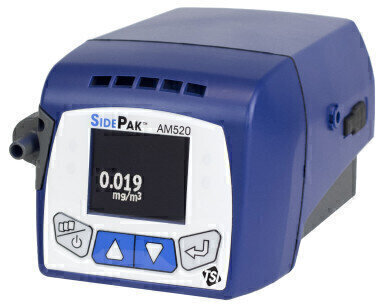
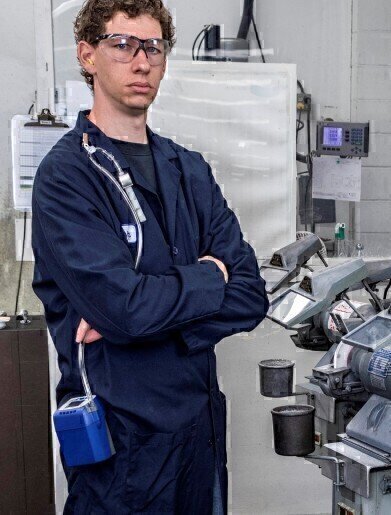
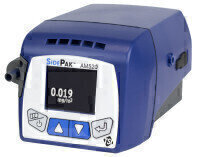

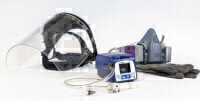
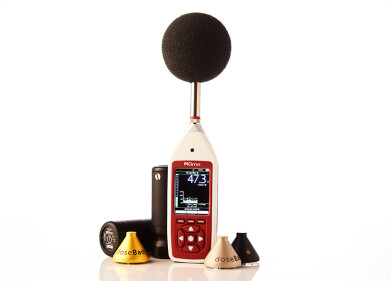
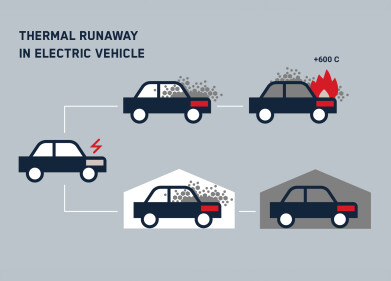

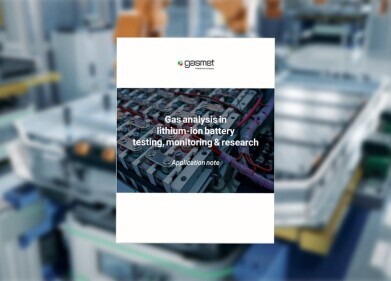
.jpg)

_(4427399123)-(2).jpg)











